HAMPDEN-SYDNEY, Va. — One of the great things about college basketball at any level is the contrast in styles. The long shot clock allows coaches to adapt their pace and tactics to suit their personnel. Teams can slow it down and concentrate on defense, use the drive-and-kick to create open threes, or get it in to a big, athletic body to create points in the paint. Day 2 of the ACAC South Region Classic put a couple of differing ODAC styles on display, to different degrees of success.
—
One can’t drive from our home base of Charlottesville to Hampden-Sydney without getting a sense of history. The signage reminds you of it constantly: “The Constitution Route”; “The James Madison Highway”; “Lee’s Retreat Trail.” These signs recall the important events that took place in Albemarle, Buckingham, and Prince Edward Counties, and Hampden-Sydney College has been around for all of it. Founded in 1775 and modeled after the institution that would become Princeton University, H-SC has continued its operations ever since. It has not strayed from its original mission to educate young men, remaining one of only three schools in the country to maintain an all-male enrollment. Understandably, it has an athletics history to go with it.
As we left the car, looking for Kirby Fieldhouse, we could sense the excitement on campus. After the Tigers’ victory last week over their bitter rivals Randolph-Macon (more on that history in a later piece) to clinch the ODAC football championship, they were granted a surprising opportunity to host an NCAA playoff game. We arrived towards the end of the first half, but even as the game progressed across the street, the tailgating parties continued to be raucous. We could only hope those fans brought the same excitement to their Tigers’ basketball game against North Carolina Wesleyan later that afternoon.
—
Before any of that, though, there was the first game of the day, between Shenandoah and Mary Washington.
Shenandoah basketball has fallen on hard times in the last fifteen years. The Hornets haven’t made an NCAA appearance since 1996, and last year, their first season in the ODAC, they won no conference games (although they have since been awarded one against Bridgewater due to an eligibility controversy). That performance earned them twelfth of twelve in this year’s ODAC preseason poll.
But the Hornets began this season a surprising 3-0, winning their Tip-Off Tournament at home, as well as game one of the South Region Classic against former USA South rival North Carolina Wesleyan (despite a four-hour postponement). Leading the way was senior Avery Green, bouncing back from an early injury last season, averaging 27 points per game, and earning the ODAC’s first 2013-14 Player of the Week honors.
It soon became apparent that the Hornets were going to struggle against the Eagles, who had more talent across the board. This Mary Washington team had hung tough with #14 H-SC the night before and brought the same attitude to this game: trusting their starters to make plays from all spots on the floor. The Eagles’ size and power inside gave them the edge on the boards, and they used that to create second chance opportunities to storm out to an early lead.
Meanwhile, the Hornets seemed to forget their bread and butter early on: let Avery Green drive into the paint and create a play. Instead, the Hornets settled for deep threes and contested jump shots, most of which clanged off the rim and into the hands of the Eagles. It didn’t help matters that Shenandoah’s best rebounder, Xavier Alston, pulled down only one offensive board in the half, and their next best shooter, Jared Carithers, couldn’t buy a bucket. With 6:38 left, they were behind 28-12.
But then the Avery Green show started. The moves he made in the paint during the end of the first half, and the entirety of the second, were nothing short of spectacular. To close out the half, he went on an 11-3 run by himself, finished with 16 first-half points, and almost single-handedly closed the gap to eight. After another slow start to the second half, he burst out again, posting 21 more points in the frame. Unfortunately, the rest of the Shenandoah offense provided little help. Aaron Patterson had a nice day off the bench from beyond the arc, but his 15 minutes of effort weren’t enough. Moreover, the Hornets couldn’t create plays off the pass, finishing with just three assists (a stark contrast to the Eagles’ 15). Green (37 points) made some history of his own, finishing with the 8th-best scoring day in Hornets’ basketball history and making an early case for an All-Conference nod in the process. But man cannot live on Avery Green alone, and the Hornets fell by eight.
—
Then came the highlight event. By halftime of our undercard, the Tigers’ football team had finished off their playoff opponent–the school’s first-ever playoff victory, speaking of history. It was part of an all-around excellent weekend of athletics south of Farmville. The night prior, the Tigers had won on a miraculous comeback thanks to the efforts of the sharpshooting Greg Lewis, who drained two three-pointers in the final six seconds to erase a five-point deficit and sink Mary Washington. Given the excitement on campus, the crowd arrived loud and lively.
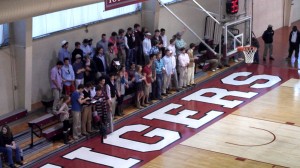
Greg Lewis immediately picked up where he left off the night before, missing his first three, but sinking two more shortly thereafter. The Tigers scored the first 13 points of the game, and never looked back. Their system made for a great counterpoint to SU’s single-player style. The watchword for Dee Vick’s team is balance: by the end of the first-half, the Tigers had no players in double figures, despite scoring 49 points. The drive-and-kick offense was anchored by senior big man and 2013 All-ODAC selection Khobi Williamson and the Tigers’ pair of sharpshooting guards, Mike Murray and the aforementioned Lewis. Together, their ability to make plays (and turn busted plays into second-chance points) overwhelmed the Battling Bishops. By the half, the Tiger faithful had more to celebrate, leading 49-29. The Bishops held tough in the second, with nice play from Fola Branco, but never closed the halftime deficit. H-SC led by at least 16 points throughout the second, and finished off the Tigers’ winning weekend with a 90-73 victory.
—
Final, Game 1: Mary Washington Eagles 77, Shenandoah Hornets 69
Final, Game 2: #14 Hampden-Sydney Tigers 90, NC Wesleyan Battling Bishops 73
Players of the Day: Avery Green (37 points, 5 steals); Khobi Williamson (14 points, 11 rebounds)
Mileage Tracker: 414 miles
Next Stop: Virginia Wesleyan at Bridgewater, January 8
Acknowledgments: Big thanks to Scott Harris, Assistant SID at Hampden-Sydney, and the entire Tigers Athletics staff for accommodating us in the press area.
Programming note: ODACcess will be on hiatus for the remainder of 2013. As much as we love covering college basketball, in our real lives we are law students, with busy exam schedules and holiday obligations. But don’t worry, folks, we’ll be back, just in time for the conference schedule to heat up in early January. See you then!
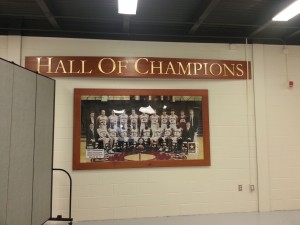
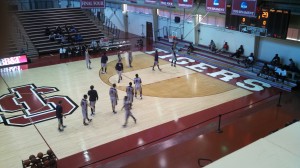
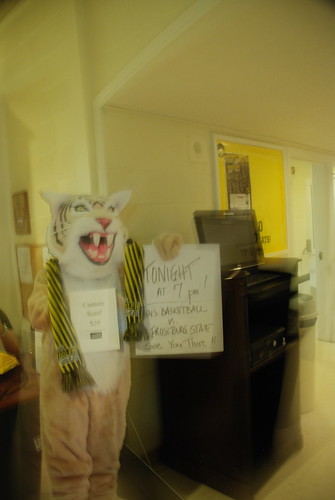
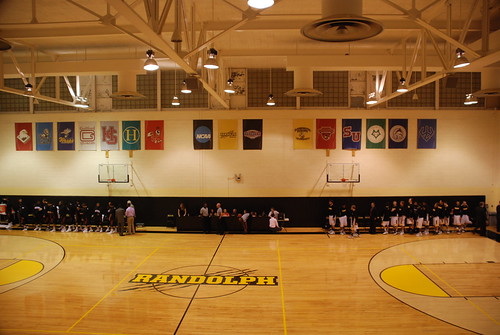



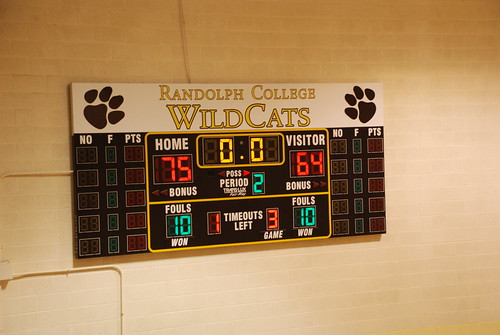
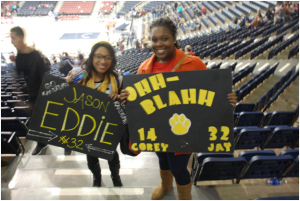
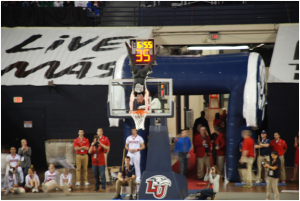
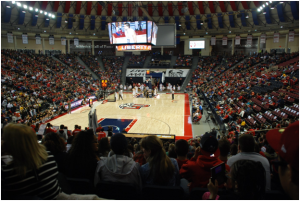
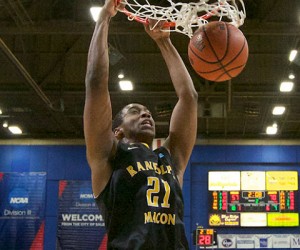 With all due respect to our friend Edgar, sometimes passion is a purpose. What, for example, is the purpose of Division III athletics? At the risk of overgeneralizing, it seems to us that to a significant degree its purpose must be to enable athletes passionate about their craft to pursue their love for the game. We mean no disrespect to those for whom college athletics is a means to an end, a vehicle for a scholarship-endowed education or a chance at greater glories at the professional level. But it cannot be disputed that those incentives do not exist at the D3 level. With few exceptions, we think a D3hoopster suits up on game night because he or she is truly passionate about the game of basketball.
With all due respect to our friend Edgar, sometimes passion is a purpose. What, for example, is the purpose of Division III athletics? At the risk of overgeneralizing, it seems to us that to a significant degree its purpose must be to enable athletes passionate about their craft to pursue their love for the game. We mean no disrespect to those for whom college athletics is a means to an end, a vehicle for a scholarship-endowed education or a chance at greater glories at the professional level. But it cannot be disputed that those incentives do not exist at the D3 level. With few exceptions, we think a D3hoopster suits up on game night because he or she is truly passionate about the game of basketball.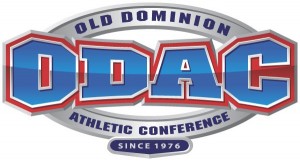 Most of the news coverage that surrounds D3 sports — to the extent that it exists outside of this website — is dry, factual recitation. More
Most of the news coverage that surrounds D3 sports — to the extent that it exists outside of this website — is dry, factual recitation. More